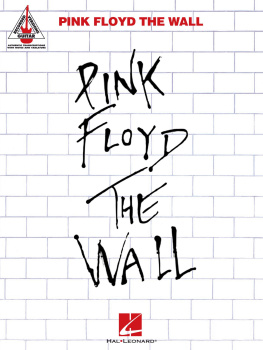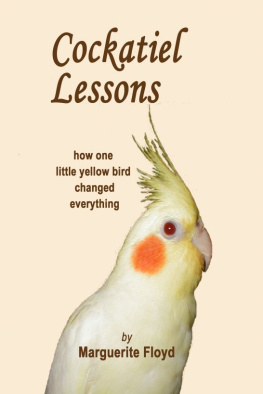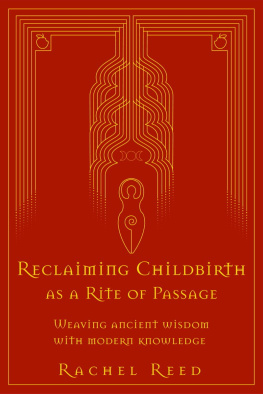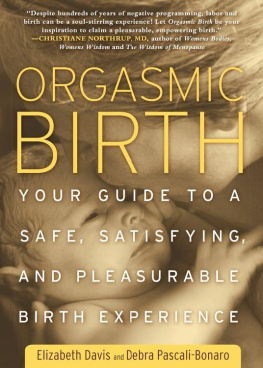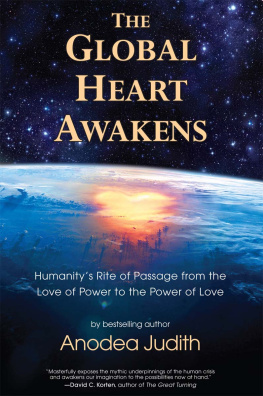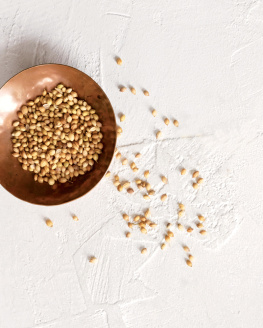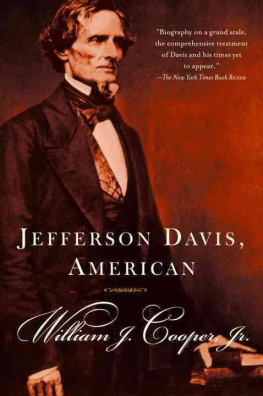Davis-Floyd - Birth as an American Rite of Passage
Here you can read online Davis-Floyd - Birth as an American Rite of Passage full text of the book (entire story) in english for free. Download pdf and epub, get meaning, cover and reviews about this ebook. City: London;Berkeley;Calif;Los Angeles, year: 2010, publisher: University of California Press, genre: Romance novel. Description of the work, (preface) as well as reviews are available. Best literature library LitArk.com created for fans of good reading and offers a wide selection of genres:
Romance novel
Science fiction
Adventure
Detective
Science
History
Home and family
Prose
Art
Politics
Computer
Non-fiction
Religion
Business
Children
Humor
Choose a favorite category and find really read worthwhile books. Enjoy immersion in the world of imagination, feel the emotions of the characters or learn something new for yourself, make an fascinating discovery.

- Book:Birth as an American Rite of Passage
- Author:
- Publisher:University of California Press
- Genre:
- Year:2010
- City:London;Berkeley;Calif;Los Angeles
- Rating:5 / 5
- Favourites:Add to favourites
- Your mark:
- 100
- 1
- 2
- 3
- 4
- 5
Birth as an American Rite of Passage: summary, description and annotation
We offer to read an annotation, description, summary or preface (depends on what the author of the book "Birth as an American Rite of Passage" wrote himself). If you haven't found the necessary information about the book — write in the comments, we will try to find it.
Birth as an American Rite of Passage — read online for free the complete book (whole text) full work
Below is the text of the book, divided by pages. System saving the place of the last page read, allows you to conveniently read the book "Birth as an American Rite of Passage" online for free, without having to search again every time where you left off. Put a bookmark, and you can go to the page where you finished reading at any time.
Font size:
Interval:
Bookmark:
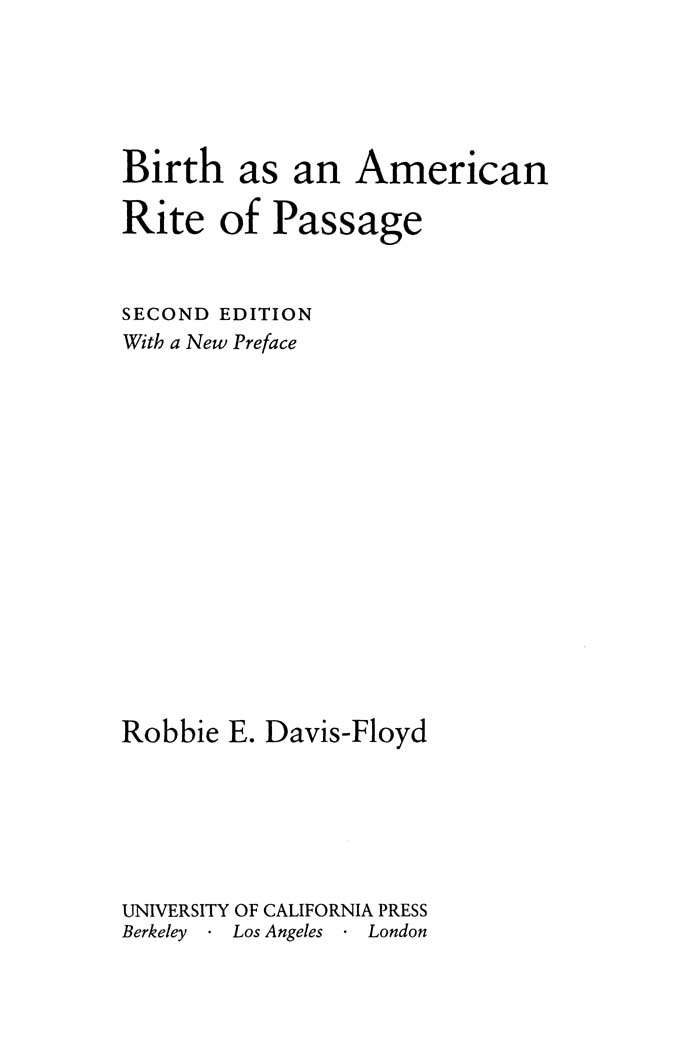
In Birth as an American Rite of Passage, Robbie Davis-Floyd has provided an enlightening explanation of ritual and rite in American childbirth. By including the voices of the women she interviewed, Davis-Floyd makes this book warm enough, understandable enough, and interesting enough to be accessible not only to academics and professionals but also to the general public. Her work makes it clear why we are where we are in birth in the U.S. today, and has helped me and my colleagues to make a real difference in our clients' outcomes and experiences.
Kip Kozlowski, R.N., Certified Nurse-Midwife
Whether you are a proponent of natural or prepared childbirth, Davis-Floyd's exhaustive look at the rituals of the modern hospital variety is eye-opening and informative at least, and at best a call to action.
Tara Aronson, San Francisco Chronicle Book Review
Davis-Floyd fashions a bridge between the intellectual discourse that takes place in universities and the endless conversations in which women articulate their experiences of their bodies and birth and seek to create cultural forms that facilitate those experiences. She offers perspectives that are of use to public health and policy makers, practitioners, and birthing women alike. Birth as an American Rite of Passage deserves recognition for shifting the balance, ever so slightly, in favor of a more human face to birth and a focus on women's experience.
Judith Luce, Certified Professional Midwife
I believe that this book should be required reading for medical students, particularly those who plan to go into obstetrics and gynecology. I have recommended it to many colleagues and also to many patients, as I find it can be very helpful in breaking down some of the preconceptions that women have about the infallibility of hospital and medical staff. Few books in my experience have created such a sudden insight for me into the practice of medicine. I would never have expected such an illumination to come from the field of anthropology or from someone who is not medically trained. I am very grateful for the changes in my thinking and my practice that this book has allowed me to make.
Bethany Hays, M.D., Women to Women
Like most middle-class couples, we explored dozens of written resources in advance of the birth of our first child in 1993. Most of these left us with the feeling that we weren't getting the complete picture. In this book we found not only the most rational and complete explanation for our difficulty with most other resources but also a wealth of scientific evidence and vivid testimonials from a variety of women with a wide range of birth experiences. The thoughtful and incisive interpretation of these many topics into a coherent whole was a genuine turning point for us. This book gave us the courage and knowledge to use the tools and wisdom of both the medical community and the home birth movement where we felt each was appropriate. The result was the wonderfully successful home birth of our daughter Jordan. We have since recommended this book to many pregnant friends, who find it valuable whether they give birth at home or in the hospital. We continue to view it as both an impressive scholarly work and an immensely valuable illumination of a process too important to be left in the dark.
Susan Jordan and Marv Downey, parents
The author's coverage of ritual and how ritual is used in obstetrics is provocative and compelling. The comparison of the technocratic and the holistic paradigms of childbirth is a masterful summary of the major cultural constructions of American childbirth today.
Carol S. McClain, author of Women as Healers
Davis-Floyd has done an excellent job of demonstrating the linkages between American core values concerning technology and scientific expertise, and prevailing obstetrical practices. I especially value the extensive [use of] women's voices to convey the essence of their delivery experiences.
Carolyn Sargent, author of Maternity, Medicine, and Power
Fully measuring the impact of any scholarly work is an impossible task. But I will not be overstating the case to assert that the academic impact of Birth as an American Rite of Passage has been profound. Along with the work of Emily Martin, Margaret Lock, Barbara Katz Rothman, Ann Oakley, Faye Ginsburg, and Rayna Rapp, Birth as an American Rite of Passage takes its rightful place as part of the first notable wave of reproduction scholarship. That early work legitimized and defined the field, and laid the foundation for the work that is being done today. This book is [also] an outstanding teaching tool.
Susan L. Erikson, Ph.D., University of Colorado, Boulder
Birth as an American
Rite of Passage
Birth as an American
Rite of Passage
SECOND EDITION
With a New Preface
Robbie E. Davis-Floyd

University of California Press
Berkeley and Los Angeles, California
University of California Press
London, England
Copyright 1992, 2003 by
The Regents of the University of California
Library of Congress Cataloging-in-Publication Data
Davis-Floyd, Robbie.
Birth as an American rite of passage /Robbie E. Davis-Floyd.
2nd ed., with a new pref.
p. cm.
Includes bibliographical references and index.
ISBN 978052022932-7 (pbk. : alk. paper)
1. ChildbirthSocial aspectsUnited States. 2. Childbirth
United StatesPsychological aspects. 3. Rites and ceremonies
United States. I. Title.
RG518.U5D38 2003
618.4'01'9dc21 2003055223
Printed in the United States of America
12
10
The paper used in this publication is both acid-free and totally
chlorine-free (TCF). It meets the minimum requirements of
ANSI/NISO Z39.481992 (R 1997) (Permanence of Paper).
To my precious daughter Peyton,
a flame of grace whose bright life
and even brighter spirit
continue to illuminate mine.
To my awesome son Jason,
a shining soul whose wit, intelligence,
kindness, and spirit of fun nurture my heart
and bring joy to my life.
And to Jason's new sister Erin Callie Day Floyd,
daughter of Robert N. Floyd and Debbie Day
may her life be blessed.
Contents
Tables
Given the volumes of scientific evidence showing that standard obstetrical procedures do more harm than good, why do they continue to be used? Thousands of mothers, childbirth activists, and health care practitioners recognize the irrationality of the technomedical management of childbirth, the damage it does to mothers and babies, and the millions of dollars unnecessarily spent to maintain it. They have long been frustrated by their inability not only to change the situation but even to explain it. Why are so many womens labors artificially induced or augmented when these practices have been demonstrated to cause unnecessary labor complications? Why is electronic fetal monitoring so widely and routinely used when scientific evidence shows that at the very least it doubles the cesarean rate without improving outcomes? And why do many women still have to give birth in supine positions, when three decades of evidence indicate that upright positions for birth are far more physiologically efficacious? Such questions inspired this book, and the answers contained within these pages have been widely welcomed. Reading this book has helped many women to reflect on their own individual values and beliefs and how those articulate with the core values of American culture, and thus to make more fully informed decisions about whom to choose as their birth attendant, where to give birth, and what interventions to ask for or reject. Hundreds of birth professionals, including obstetricians from many countries, have told me that this book has helped them to change their own practices and sometimes even those of their hospitals, to understand why their colleagues often resist such changes, and to develop effective strategies to cope with such resistance in the interest of giving better care and more options to their clients.
Font size:
Interval:
Bookmark:
Similar books «Birth as an American Rite of Passage»
Look at similar books to Birth as an American Rite of Passage. We have selected literature similar in name and meaning in the hope of providing readers with more options to find new, interesting, not yet read works.
Discussion, reviews of the book Birth as an American Rite of Passage and just readers' own opinions. Leave your comments, write what you think about the work, its meaning or the main characters. Specify what exactly you liked and what you didn't like, and why you think so.

